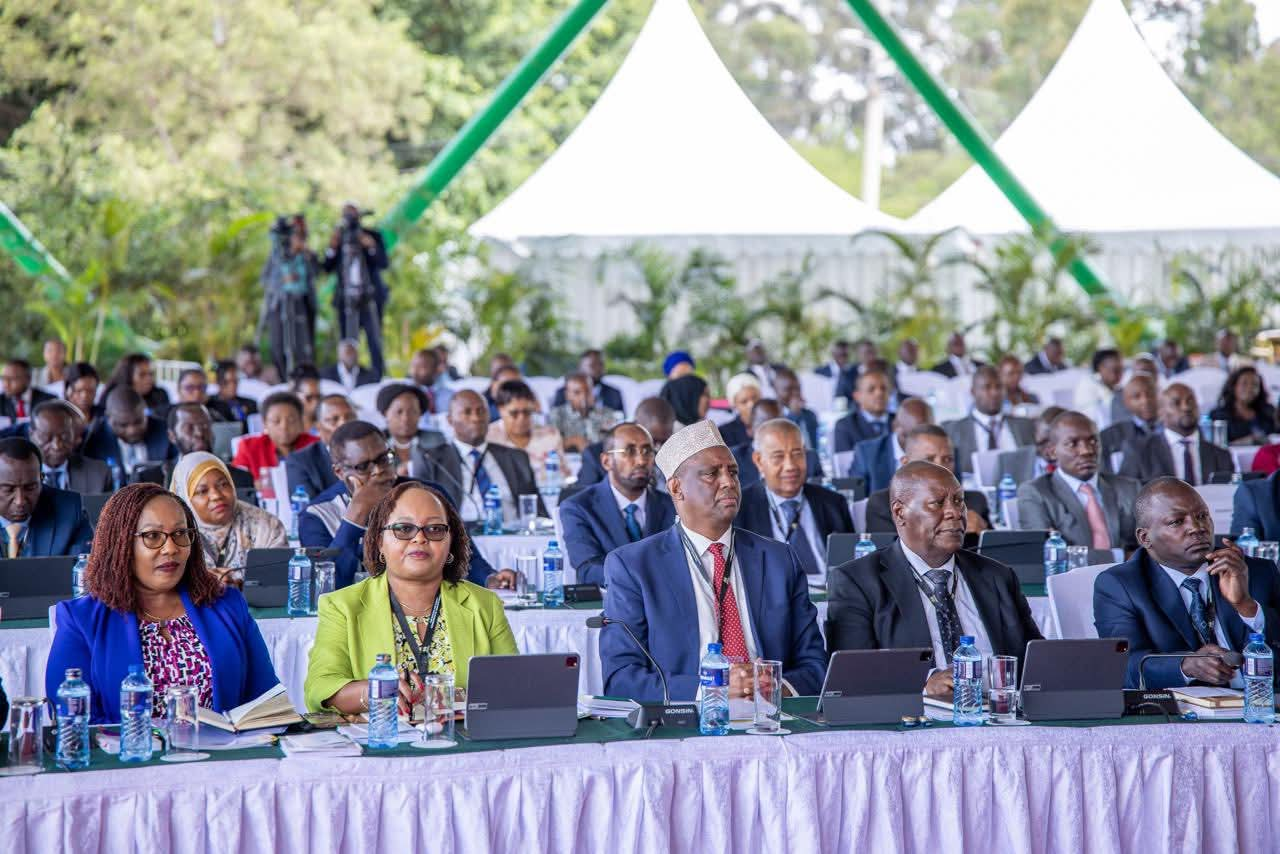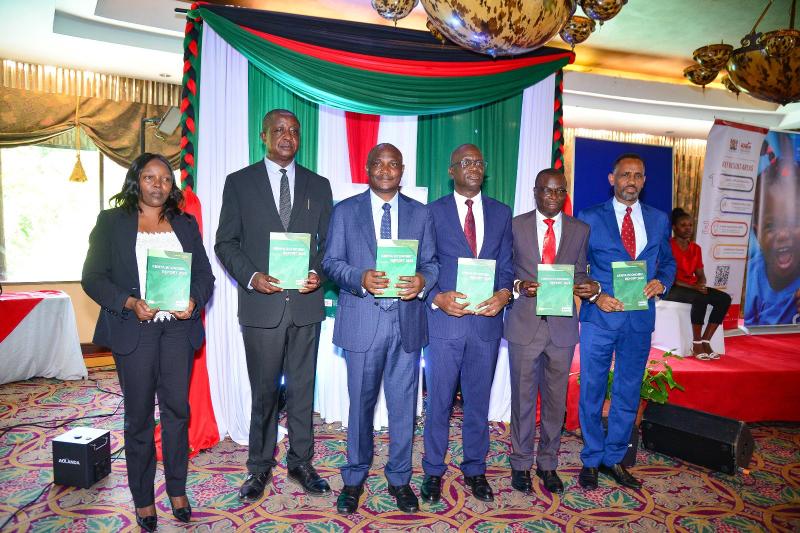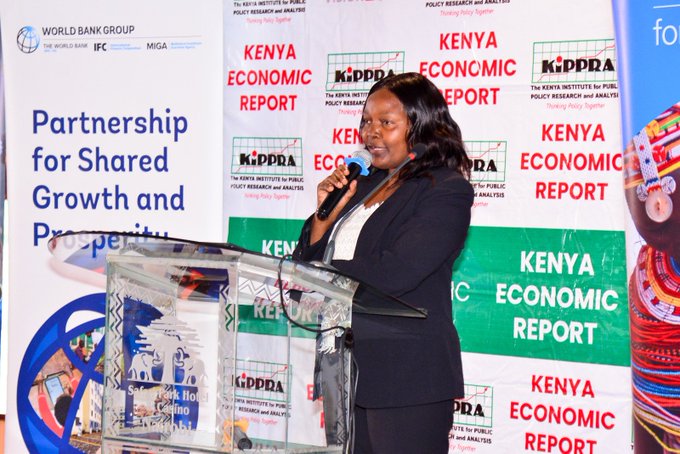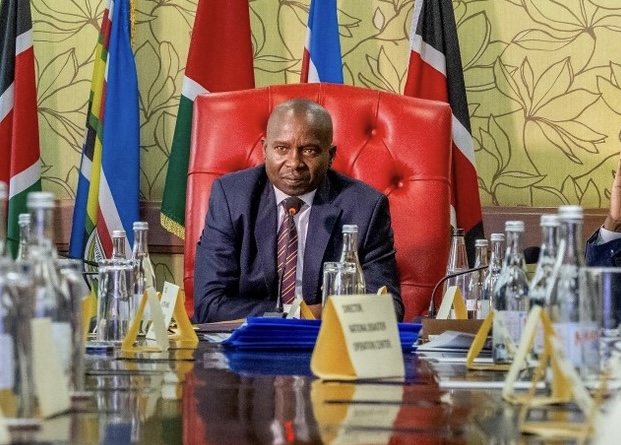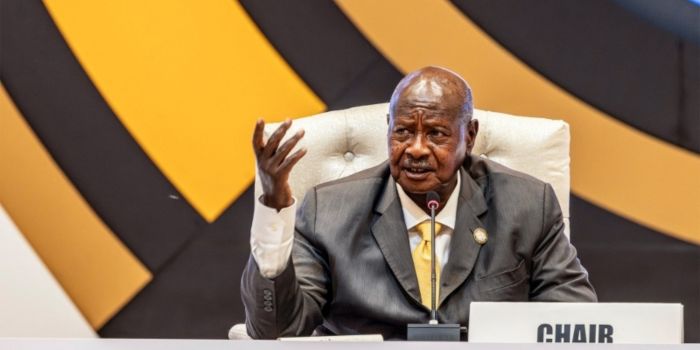Kenya overtakes Sudan, Djibouti as Ethiopia’s top electricity buyer

Kenya began importing electricity from Ethiopia in 2022 under a 25-year deal, which offers power at 6.50 US cents per kilowatt-hour (kWh), a lower rate than what Kenya Power pays independent producers locally.
Kenya has overtaken Sudan and Djibouti to become the top buyer of Ethiopian electricity, importing power worth Sh1.634 billion in the year to July 2024.
Kenya Power CEO Joseph Siror said the electricity imports have played a crucial role in stabilising the country’s power supply, particularly during periods of increased demand and reduced local generation.
More To Read
- Construction of Kenya’s first PPP-funded transmission lines set for August 2026
- Kenya Power faces critical staff shortages as over 2,700 employees to retire by 2026
- Kenya sets ambitious energy expansion with new national policies and transport financing
- Consumers to get more units for less as electricity tariffs decline
- Auditor General flags Kenya Power for missing 30 per cent tender quota for youth, women, and PWDs
- Kenya’s electricity demand hits all-time high of 2,439 MW, straining power generation capacity
“Ethiopia supplies approximately 10 per cent of electricity to Kenya’s grid, enabling Kenya to meet its growing energy demands by ensuring a stable and reliable power supply while leveraging Ethiopia’s vast renewable resources to diversify its energy mix,” Siror said.
The electricity purchases represent an increase from the previous year, when Kenya bought power worth Sh514.48 million, trailing Sudan and Djibouti.
Kenya began importing electricity from Ethiopia in 2022 under a 25-year deal, which offers power at 6.50 US cents per kilowatt-hour (kWh), a lower rate than what Kenya Power pays independent producers locally.
Ethiopia Electric Power (EEP) earned a total of 27.04 billion Birr from electricity sales in the year to July 2024, with Kenya’s purchases accounting for 13.4 per cent of this revenue. Djibouti was the second-largest buyer, importing power worth 1.97 billion Birr, while Sudan followed with purchases valued at 767.76 million Birr.
Buffer against flactuations
Kenya’s deal with Ethiopia is intended to reduce reliance on expensive thermal power while ensuring a buffer against fluctuations in supply. Under the agreement, Kenya Power is taking a maximum of 200 megawatts in the first three years, with the capacity set to double to 400 megawatts for the remainder of the contract period.
Spanning 1,045 kilometres from Wolayta-Sodo in Ethiopia to Suswa in Kenya, the project allows the two countries to share energy resources, with Ethiopia contributing hydroelectric power and Kenya providing geothermal and wind energy. The connection marks a significant step in regional energy cooperation, a vision that has been in the making since around 2010.
A key feature of the project is the adoption of High Voltage Direct Current (HVDC) technology, which makes long-distance electricity transmission more efficient.
Last year in October, Tewoderos Ayalew, site manager at Ethiopian Electric Power, explained the advantages of using HVDC technology noting, “The reason we are using HVDC technology is to minimize energy wastage and reduce power losses in the transmission lines. It also lowers the costs of constructing transmission lines and improves grid stability when operating interconnections between different countries’ power grids.”
The process begins with hydroelectric dams in Ethiopia generating alternating current (AC), which is sent through the Ethiopian grid to a converter station in Sodo.
There, it is converted to Direct Current (DC) and transmitted over the 1,045 km line to Kenya. Upon reaching the Suswa converter station, the electricity is converted back to AC before being integrated into Kenya’s power grid.
The landmark project promises to enhance regional energy security while fostering economic growth through more reliable power supply and regional cooperation.
Ethiopian electricity is currently Kenya’s third cheapest power source, after hydro and geothermal energy.
Kenya Power has the option to renegotiate the pricing from 2027, as the contract includes a clause allowing price adjustments every five years from 2022.
Top Stories Today

